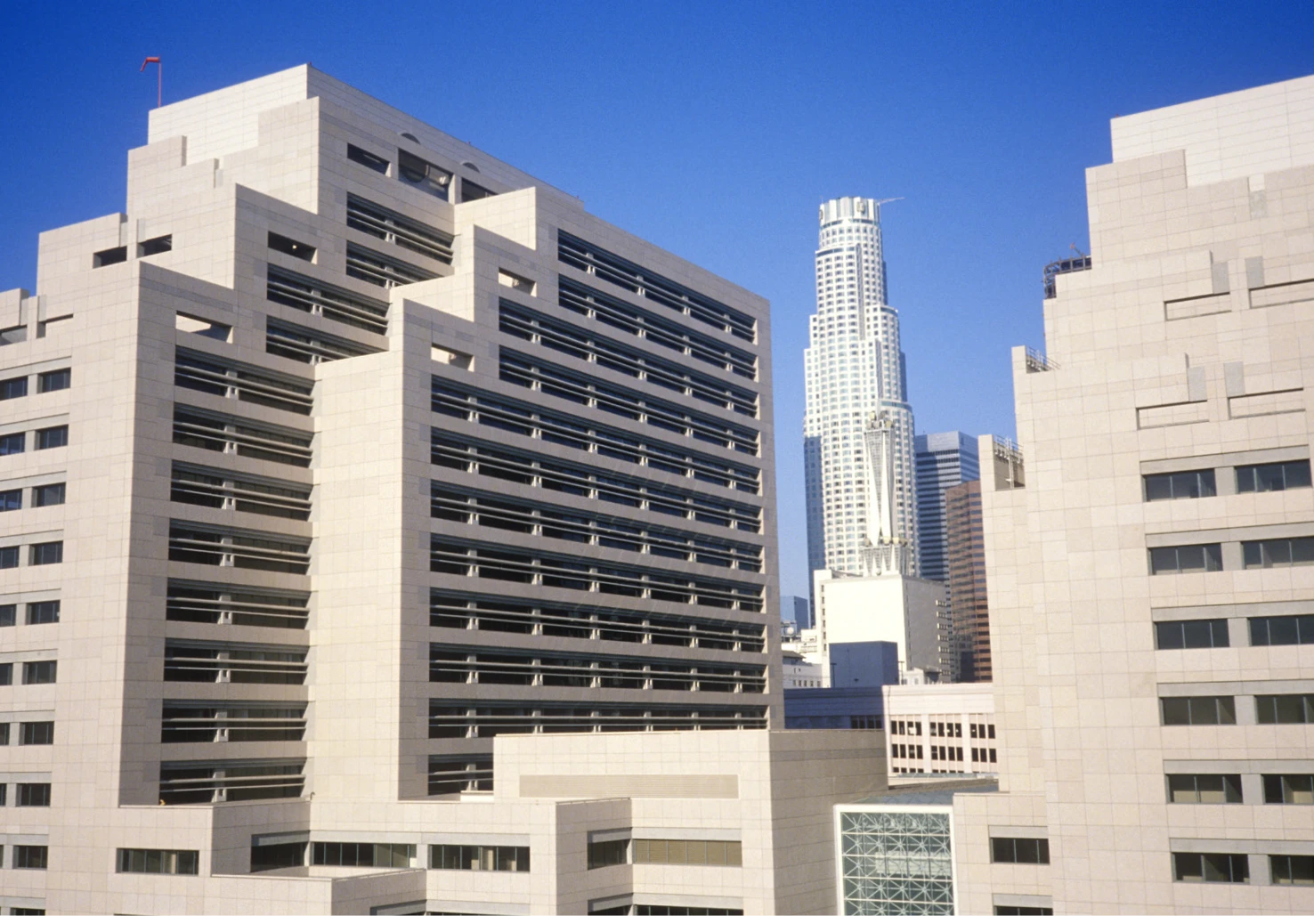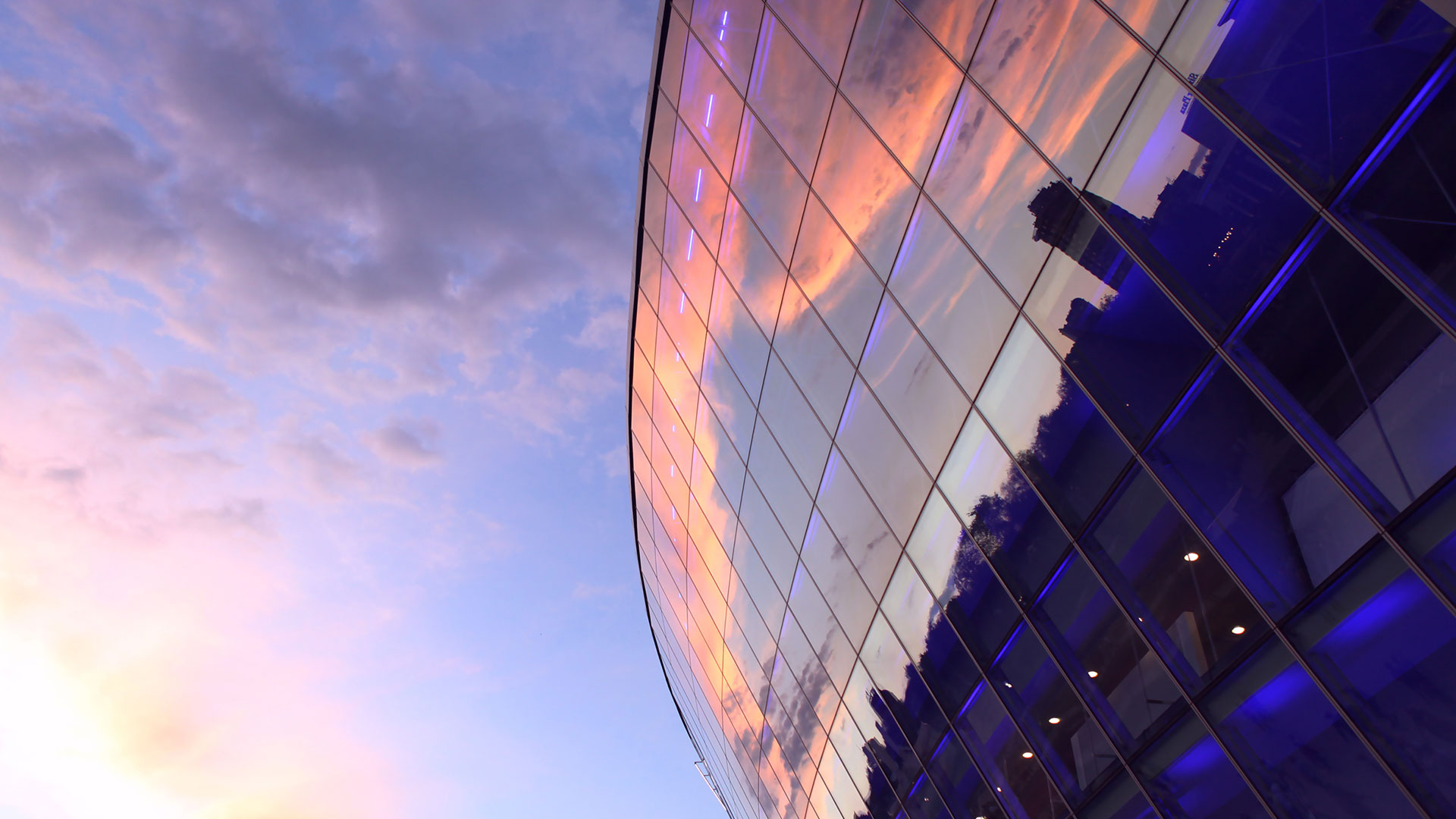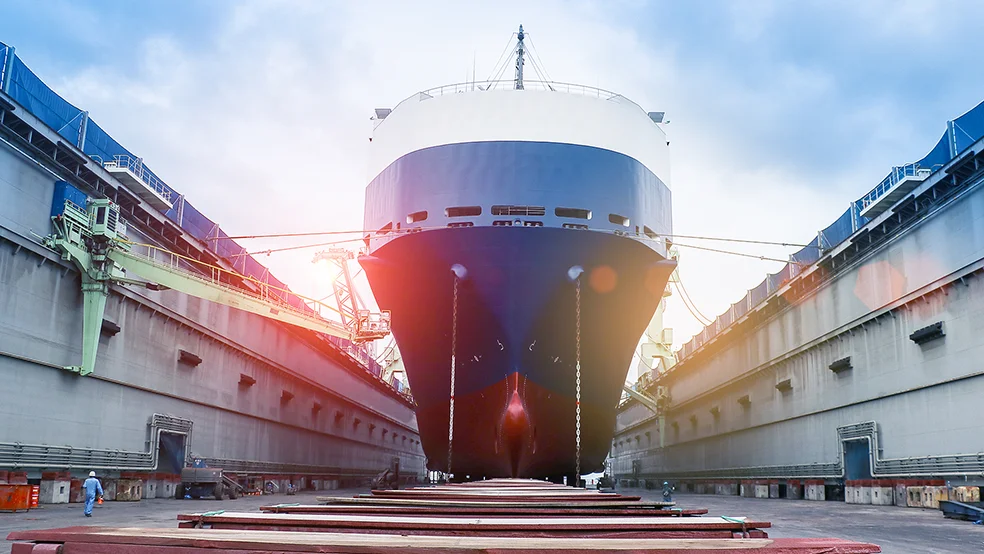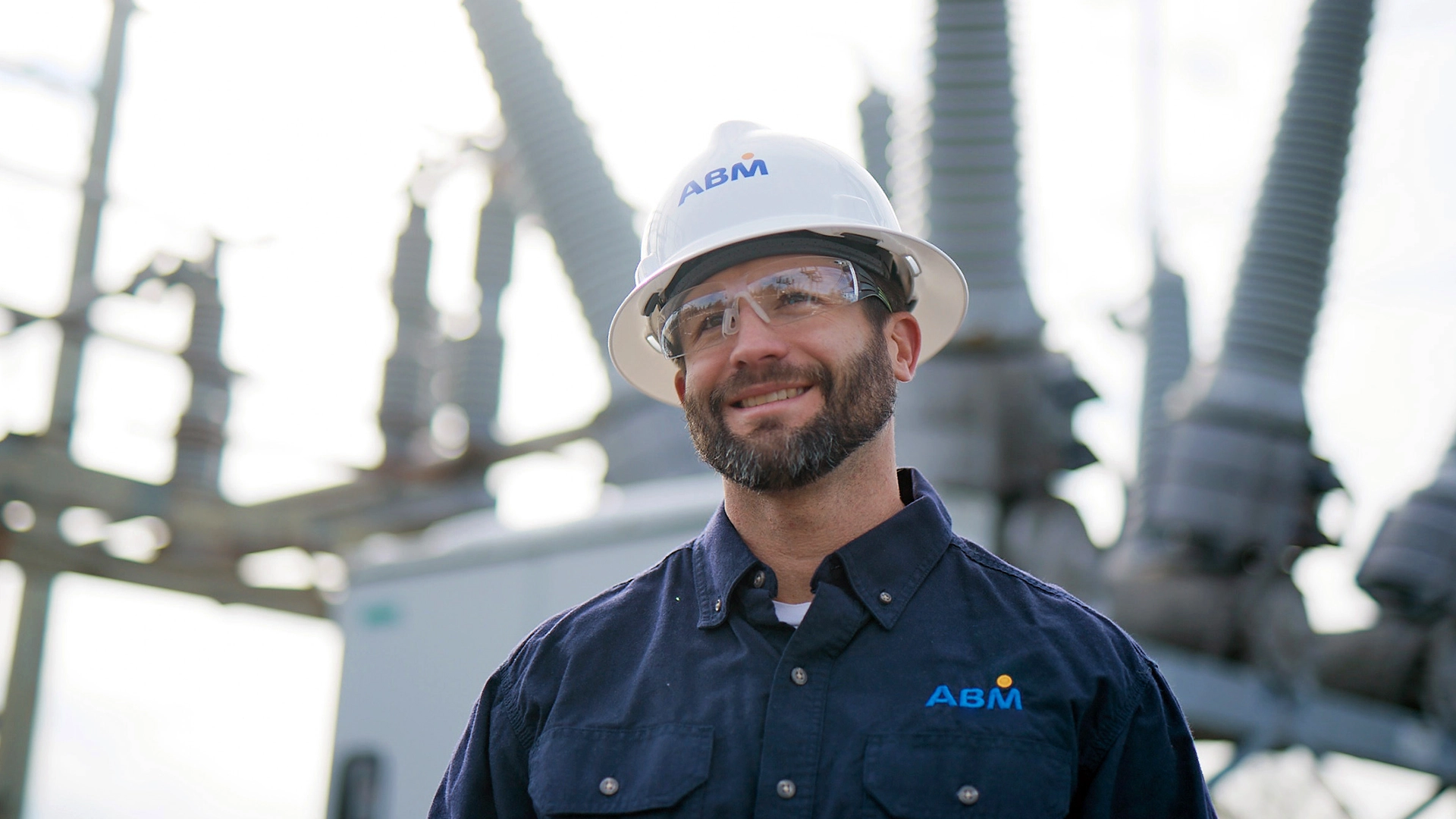Infrastructure modernization project paves way for local energy independence
Union City modernized its infrastructure with ABM, achieving 20% energy savings and $7M in upgrades—without raising taxes or issuing bonds.
Discover Union City's cost-effective path toward renewable energy adoption
Along with ensuring the longevity of its historic buildings, Union City’s municipal infrastructure upgrade plans had to deliver long-term energy savings, enhance resilience to future challenges—and maintain fiscal responsibility.
Union City is a community rich in small-town charm and history. The convergence of rail lines at its Indiana-Ohio border location turned the city into a major center for regional trade in the 1800s. Today, the former railroad hub faces new challenges, including aging infrastructure and rising energy costs that threaten its progress.
Recognizing the need for change without placing a heavy financial burden on taxpayers, Union City leaders turned to ABM. Through this collaboration, ABM delivered a forward-thinking solution that modernized municipal facilities in a fiscally responsible way.
"We’re charged with ensuring that this community operates in the best fashion possible and that we don't just survive, but we hope we can thrive...ABM played a critical role in helping us identify what it is that we could be doing better, how we could be more efficient, and how we could be sounder from an infrastructure perspective. That was critical, especially in a small community where our resources are finite.”
— Chad Spence
Mayor of Union City
Challenge
Union City was grappling with several infrastructure-related issues that could no longer be ignored:
- Outdated facilities: City Hall, fire stations, and other key buildings were running on HVAC systems over two decades old, with worn-out roofs, insulation, and lighting showing their age.
- Lingering doubts: Facing the largest infrastructure retrofit in its history, city leaders were understandably hesitant to dive into large-scale upgrades with outside contractors.
- Tight budgets: Raising taxes or issuing bonds wasn’t an option, putting pressure on the city to find creative ways to fund critical improvements without straying from its fiscal values.
- Wasted energy: Inefficient, outdated systems were consuming energy, driving up costs and straining both the city budget and the local power grid.
Solution
ABM rose to the occasion by crafting a tailored, innovative plan. The project unfolded in three key phases:
- Leveraging expertise in energy solutions: ABM worked closely with Union City utilities to analyze all energy usage across the grid and determine areas ripe for improvement. This included transitioning municipal energy use to solar power wherever feasible, using a thorough audit process to identify all possible energy savings.
- Securing grants and funding: As part of the overall strategy to ease the financial impact on residents, ABM dedicated nearly 12 months to research and applying for grants and funding on behalf of Union City.
- Respecting historical integrity: Recognizing the pride Union City takes in its historical landmarks, ABM incorporated upgrades that maintained the essence of these buildings while ensuring modern functionality. Improvements included HVAC and lighting updates, insulation enhancements, and roofing repairs that seamlessly blended with the architectural heritage of downtown.
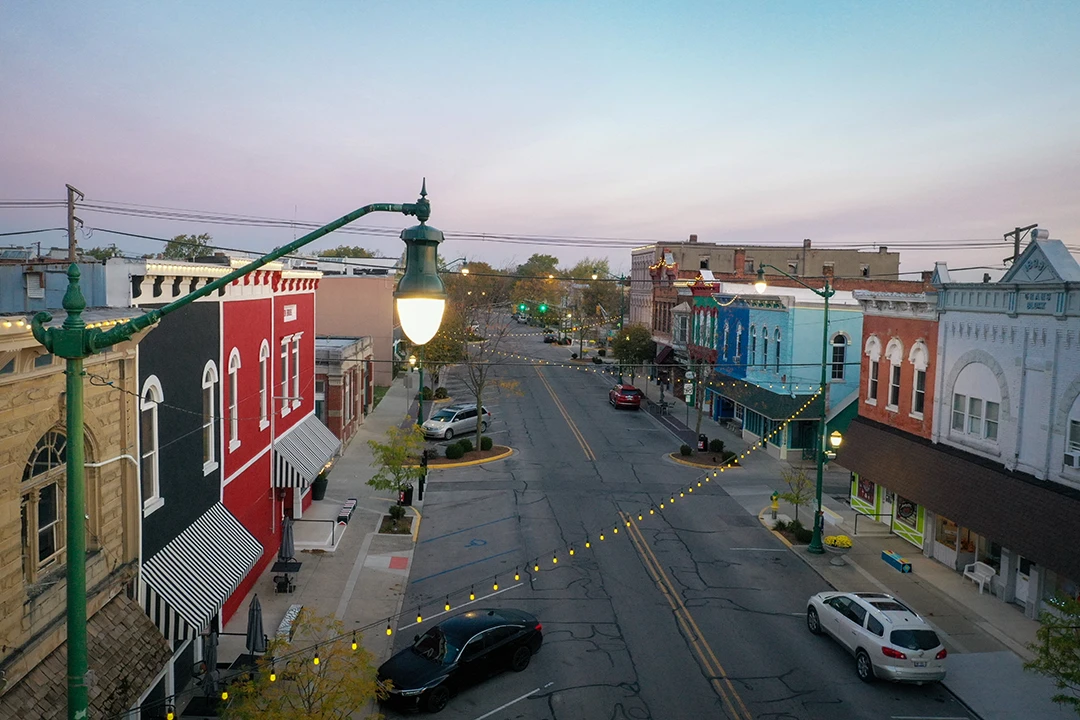
Benefits
Union City leadership’s partnership with ABM yielded remarkable results, transforming both the city’s infrastructure and its prospects.
- Energy savings: Union City is now projected to achieve 20% annual energy savings, thanks to solar arrays and energy-efficient upgrades implemented across municipal facilities.
- $7M in facility improvements: Updates were made across seven city buildings and downtown areas, all without issuing new bonds or increasing taxes.
- Improved utility infrastructure: Solar power, energy-efficient systems, and upgraded lighting have reduced energy costs while promoting eco-friendly practices, creating a sustainable municipal energy profile.
- Community benefits: Downtown areas, including historically significant buildings, were modernized in a way that prioritizes both form and function, preserving Union City’s cultural identity.
“Wastewater treatment is very heavy in electrical usage. So the ability to relieve my budget from that financial burden and be able to take that money and use it in other areas for growth and development is something that I look forward to.”
— Rob Myers
Wastewater Superintendent at Union City

